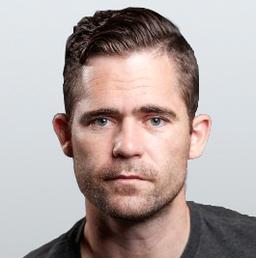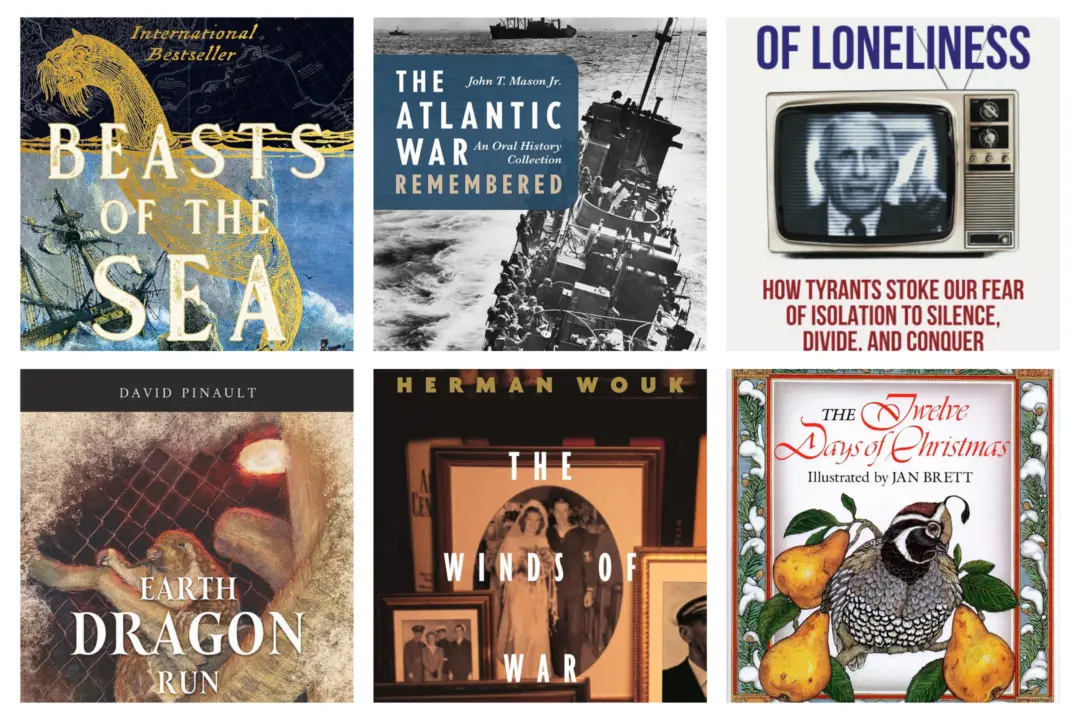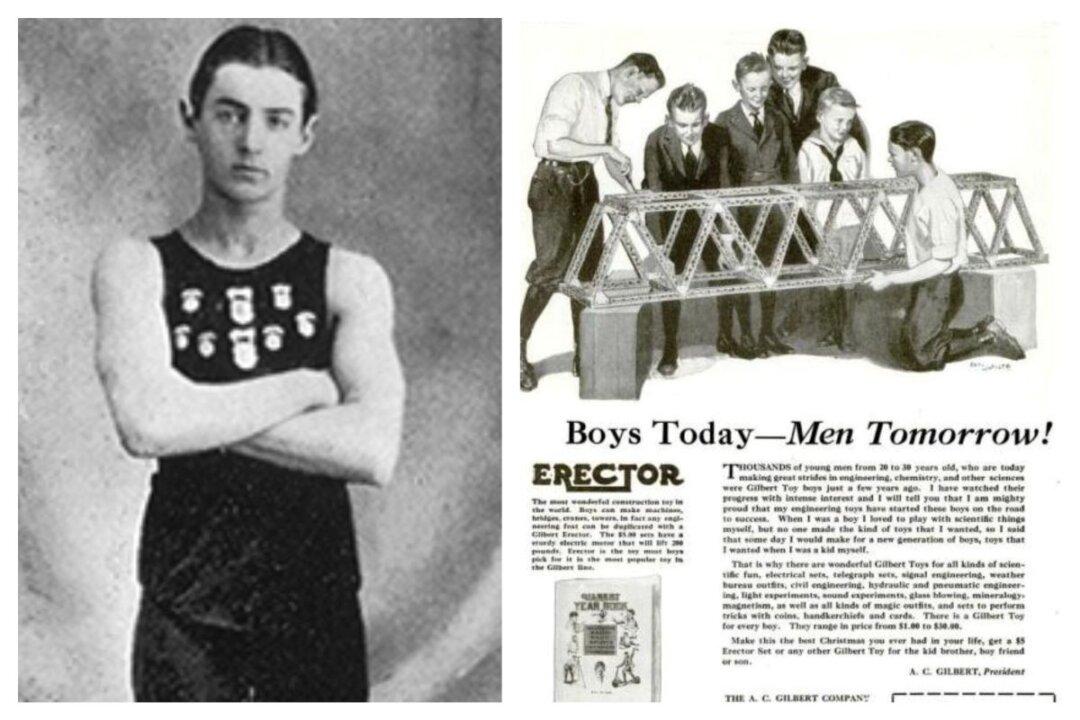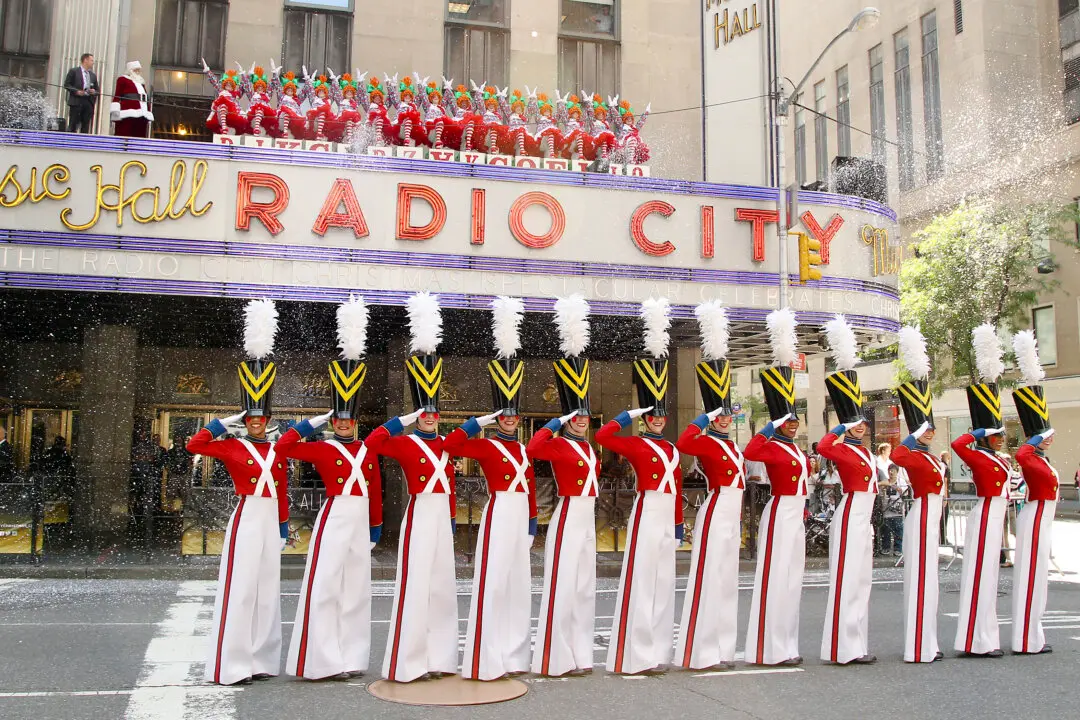Serge Korff was busy during the 1930s. He earned his doctorate in physics in 1931 from Princeton University (where he also earned his bachelor’s and master’s degrees), and began a long pursuit of study: discovering the secrets of the energetic particles that filtered from space through Earth’s atmosphere. These were called cosmic rays.
His pursuits took him to CalTech and the Mount Wilson Observatory as a research fellow in 1932; the mountains of Peru in 1934 and 1935, as well as Brazil and British Guiana; the Carnegie Institution in Washington in 1936; and, for the remainder of the decade, the Bartol Research Foundation in Delaware as a research fellow.






